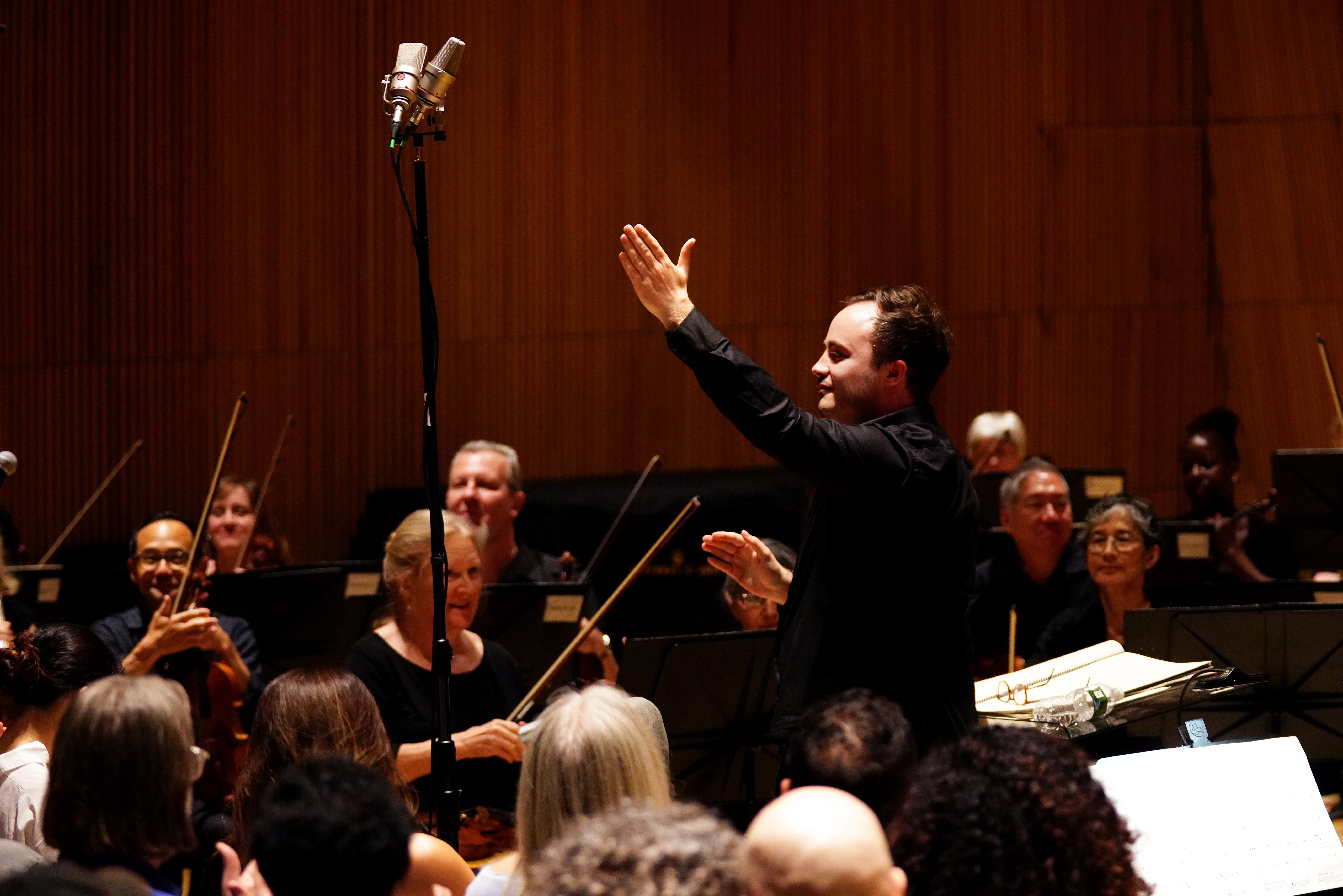Written by Amanda Forsythe
My 2020 schedule had been very busy, when, like the rest of the world, I suddenly found myself housebound. I have two sons, and two cats, and a new house with a long to-do list, and the forced domesticity has been a blessing.
I have time!
Time to organize those closets, and plant that garden, and contemplate life’s greater mysteries (do crumbs spontaneously regenerate?). Best of all, I have time to practice. And, for the first time in my life, I don’t really know what music I should be learning. Concerts I had scheduled in the Spring and Summer are gone. Even the Telemann and Strozzi and C.P.E. Bach in the Fall seemed tentative, and I had the irrational feeling that if I begin to study, these concerts would also disappear.
And so, like rewatching a favorite Netflix sitcom, I am turning to music that I already know. The Handel cantatas that I am hoping to record, some serene Purcell songs that suit my moderate piano skills, and above all, the arias of Bach, the ultimate comfort music. Whether or not one is a spiritual person, there is no doubt that Bach is a master of soulfulness. He can make your heart race with a thrilling Alleluia or ache with a longing melody. One of the great pieces I have been revisiting is “Zerfliesse, mein Herze” from the St. John Passion. The aria comes towards the end of the piece, after Christ has been crucified on the cross.
The English text of the preceding tenor arioso, poses a question:
My heart…how shall you react from your depths?
The aria answers the question:
Dissolve, my heart, in floods of tears to honor the Highest! Tell the world and heaven the anguish:
Your Jesus is dead!
With great tenderness, the voice weaves into the texture of the flute and oboe da caccia lines with a haunting and unexpectedly dissolving melodic turn. It is an aria full of text painting (sorrowing, sighing, bleeding, dying!), and no effect is more shocking than the long fermata after the lament “Dein Jesus ist tot!” When that text is later repeated, in the musical score you see a funny little squiggle over the word “tot”, which I’ve always interpreted as a sobbing vocal effect: “to…o…o…o…ot”.

Courtesy of musicologists Ellen Exner and Joshua Rifkin, I’ve learned that this pulsing is in fact correct, like the imitation of an organ’s tremolo, or a violinist’s articulation of the same note in one bow stroke. It is not a trill, which alternates between two notes, but a repetition of the same note, rhythmically sung. Bach used this notation sparingly, and always to highlight something fearsome, imitating the natural tremor that a human voice adopts in a frightening situation.
The realization of the death of Jesus Christ is a moment of true grief, and I sometimes struggle to keep real tears at bay in performance. Of course, when you are in your own living room, a good cry can be just what is needed to cope with the losses of this Spring and Summer, and so I forgive the sentimentality, and allow myself to dissolve.



